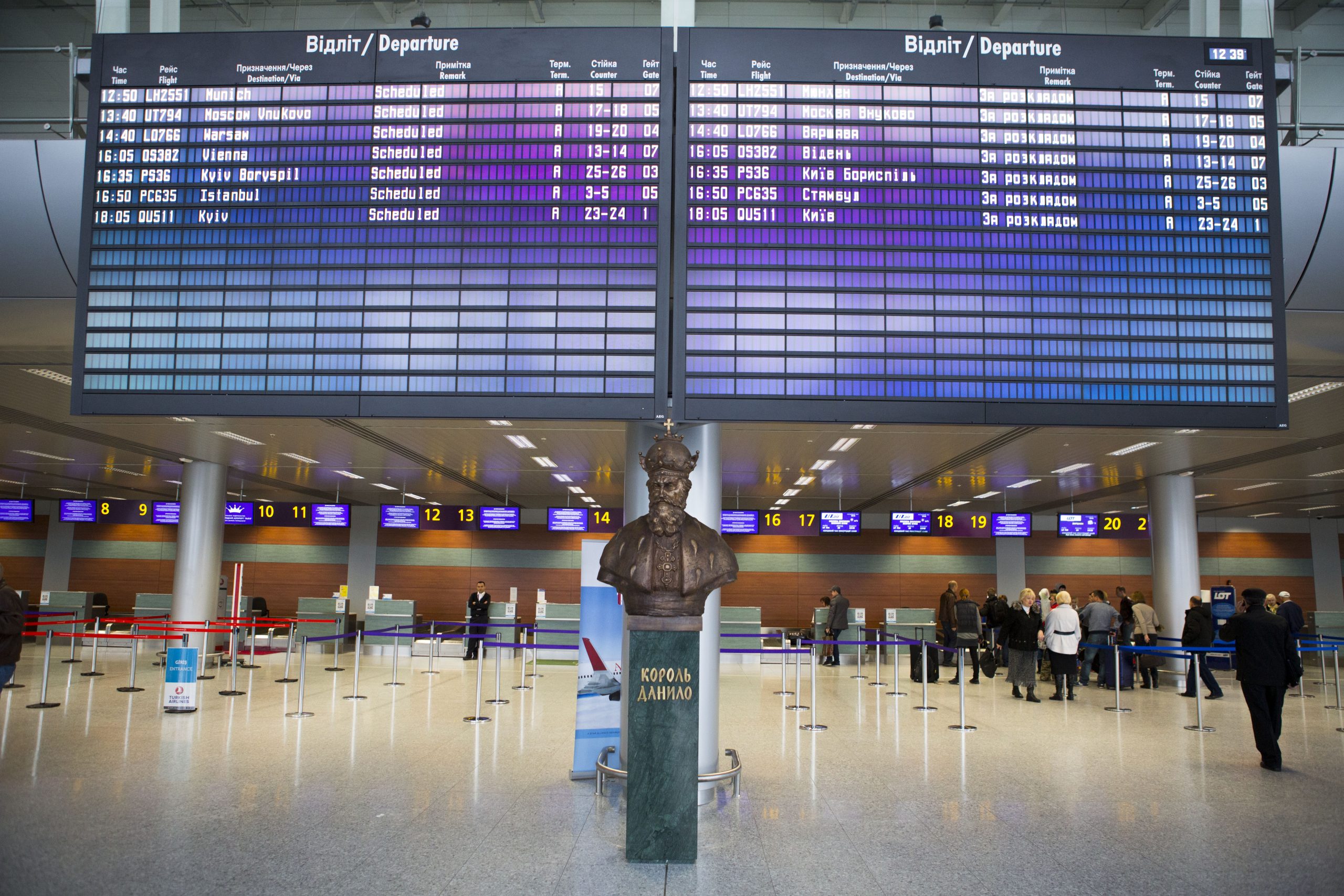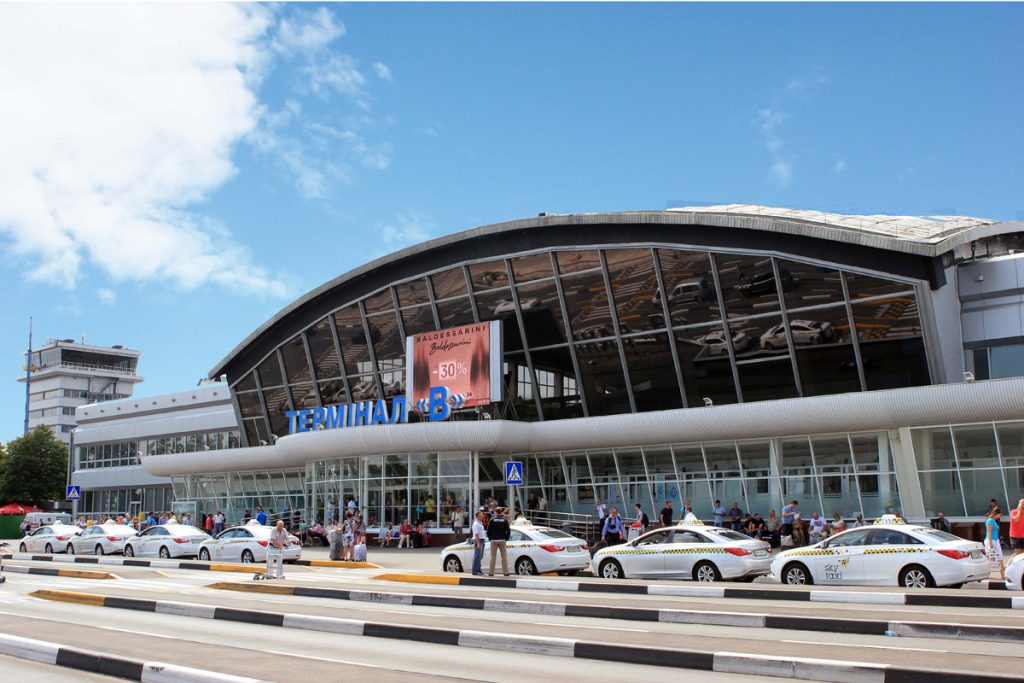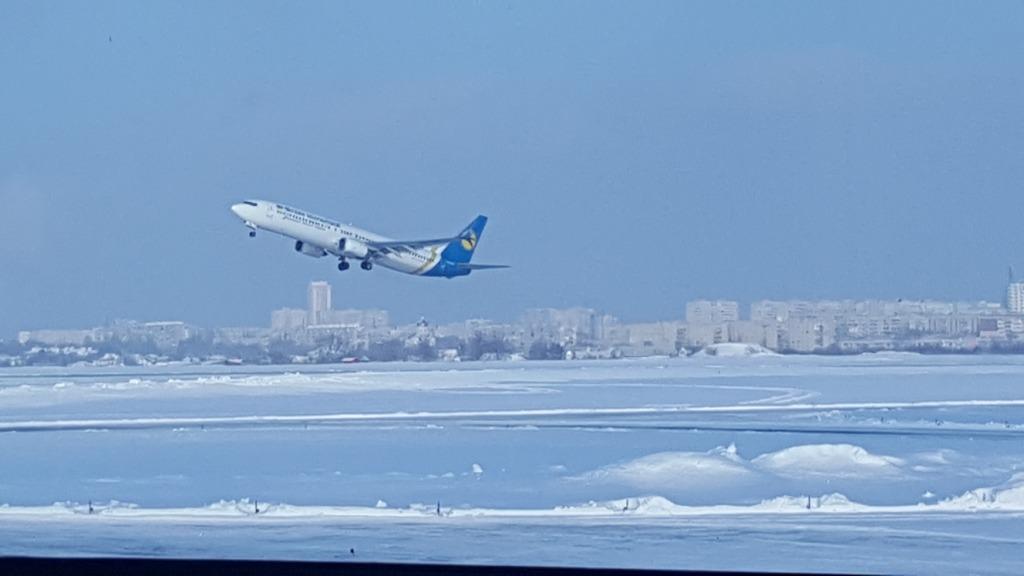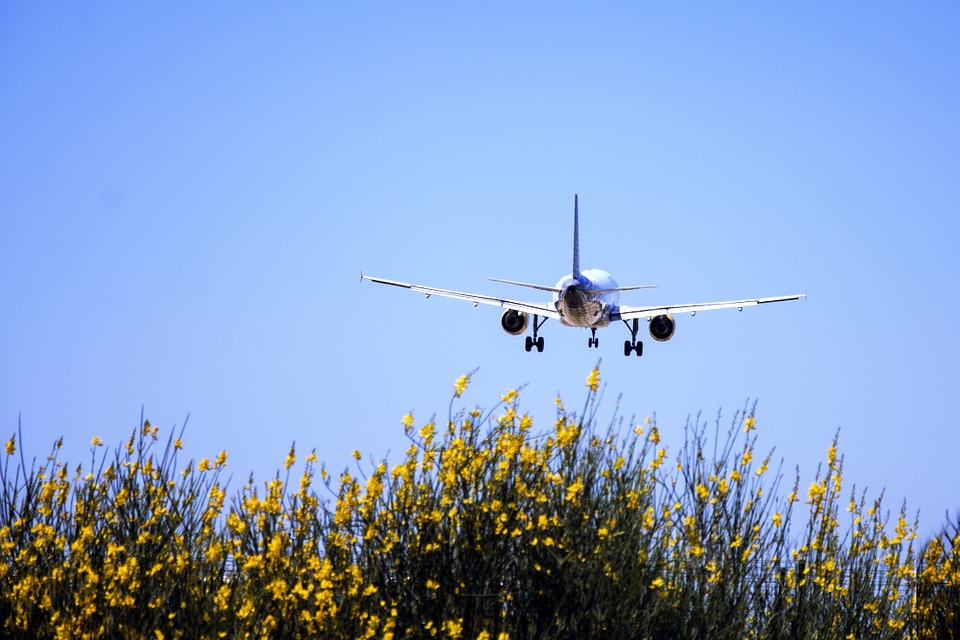Ukraine has once again broached the subject of reviving the aviation sector, leaving many questioning the feasibility of air travel amidst the ongoing war. However, details on how flights would operate under wartime conditions and whether there are even viable routes for Ukrainian airlines remain elusive. Industry experts are expressing concern about the current state of the aviation sector.
During a recent visit to the United States, Andriy Yermak, the head of the Ukrainian president’s office, stated that Ukraine might reopen one of its airports for flights. Yermak suggested that this move would be facilitated by the strengthening of Ukraine’s air defense systems. However, the possibility of civilian aviation operations in Ukraine during an ongoing conflict, which appears likely to extend into the next year, remains uncertain. Examples from other conflict zones indicate that such endeavors are not impossible, but they come with significant risks.

UNIAN, a Ukrainian news agency, reached out to industry experts to gain insights into the current state of the aviation sector, airport infrastructure, and the risks and economic viability associated with resuming flights.
Vladimir Kreidenko, a Member of Parliament and Deputy Chairman of the Verkhovna Rada Committee on Transport and Infrastructure expressed skepticism about such declarations. He emphasized the paramount need to avoid endangering Ukrainian citizens, noting that the window of time for interception of Russian ballistic missiles heading towards western regions is extremely small. Even with the deployment of air defense systems capable of intercepting missiles like the “Kinzhal,” there is no absolute guarantee that missiles or fragments won’t hit airport buildings or aircraft on the ground.
Kreidenko also reminded that Ukraine had previously adapted its aviation industry to European Union safety standards before the full-scale conflict began. These standards stipulate that any commercial passenger flights can only resume after the conclusion of hostilities and the re-certification of airports.
As Ukraine grapples with the complexities of war, the prospect of reopening its airspace for civilian aviation remains uncertain. The delicate balance between economic considerations and the safety of its citizens will undoubtedly shape the government’s decisions in the coming months.
International Experience: Moldova, Israel, and Syria
According to Bogdan Dolintse, the process of reopening airspace must begin with a thorough analysis of risks. This involves coordination among the military, relevant ministries, Ukraine’s air traffic control authority (Ukraerorukh), and other services tasked with establishing specific air routes for civilian aircraft.
“In the world, there is a special procedure for assessing and implementing flights to airports in risk zones. A similar model is already in use, for example, at the Chisinau airport,” he explains. “Russian missiles and drones have entered Moldova’s airspace, and formally, this area has restrictions. However, very strict regulated routes for civilian flights were defined. A similar model could be implemented in Ukraine.”
The Ben-Gurion Airport in Israel operates on a similar principle.
“There, there are protection and security algorithms. In case of an elevated threat level, all aircraft are directed to clearly defined routes where there are no military targets. Air defense systems must ‘understand’ which targets are not hostile, and for this purpose, special air routes and defined coordinates for the waiting zone are created,” the expert continues. “Military authorities need to know in which squares there are civilian targets and where military assets cannot be deployed. This is how the organizational system works.”
Implementing a comprehensive risk assessment and a structured approach to civilian flights in conflict zones, as demonstrated by Moldova and Israel, could serve as a model for Ukraine. However, the intricacies of Ukraine’s specific situation, ongoing conflict, and geopolitical challenges will likely play a significant role in shaping any such aviation policy decisions.

Lviv or Uzhgorod?
So, organizing civilian flights during a war is possible, albeit challenging. But the question arises: which airport will become the primary hub? Currently, there are two contenders – Lviv and Uzhgorod.
“The first airport we are considering is Lviv Airport. I hope that, as was the case with the Black Sea Grain initiative, when we receive guaranteed security, assurances primarily from international partners, from the UN, we will start,” stated Ukraine’s Minister of Infrastructure, Oleksandr Kubrakov, a year ago. Lviv has also been actively advocated by the city’s mayor, Andriy Sadovyi, who claimed that the airport is “technically ready to launch.”
However, most experts lean towards the option of Uzhgorod, situated close to the border with Slovakia, allowing an aircraft to enter NATO and EU airspace almost immediately after takeoff.
Despite Uzhgorod’s strategic location near the border with Slovakia, the technical condition of its airport may hinder its ability to handle certain flights, even after the conclusion of the war. The runway’s limitations are noteworthy, as it cannot accommodate some of the most commonly used aircraft types, such as the Boeing 737 or Airbus A320, which have a capacity of up to 200 passengers.
Ticket Prices from the Airport in Ukraine
Despite the contradictions between different agencies, substantial funds are already being invested in Uzhgorod Airport, turning the theoretical discussion into a practical matter. However, the economic feasibility of transportation in the presence of competitors within the EU raises questions.
“In Uzhgorod, aircraft like the Embraer ERJ-145, which carries approximately 50 passengers, could be serviced,” explains Volodymyr Kreidenko. “In this case, the ticket price will be several times higher than a journey from neighboring airports in Slovakia or Hungary. Therefore, there is no economic justification for opening flights to Uzhgorod.” The key issue in terms of ticket prices is the problem of insurance. Besides the aircraft itself, each passenger must be insured. In the event of a missile hitting the plane in the air, all passengers may perish, and the insurance will compensate.
“The threat of a missile hit will significantly impact the insurance rate. As a result, flights may simply be unprofitable for private companies. Because the cost of tickets, factoring in insurance expenses, will be too high. The ticket price may increase by 2-3 times,” calculates Bogdan Dolintse.
Thus, an airport in a war-torn country is feasible, and the “formula for success” includes protection in the air and on the ground, functional ground infrastructure, and a carrier equipped with staff, aircraft, and insurance. Additionally, state support or foreign funds capable of compensating for high-risk insurance are essential.





